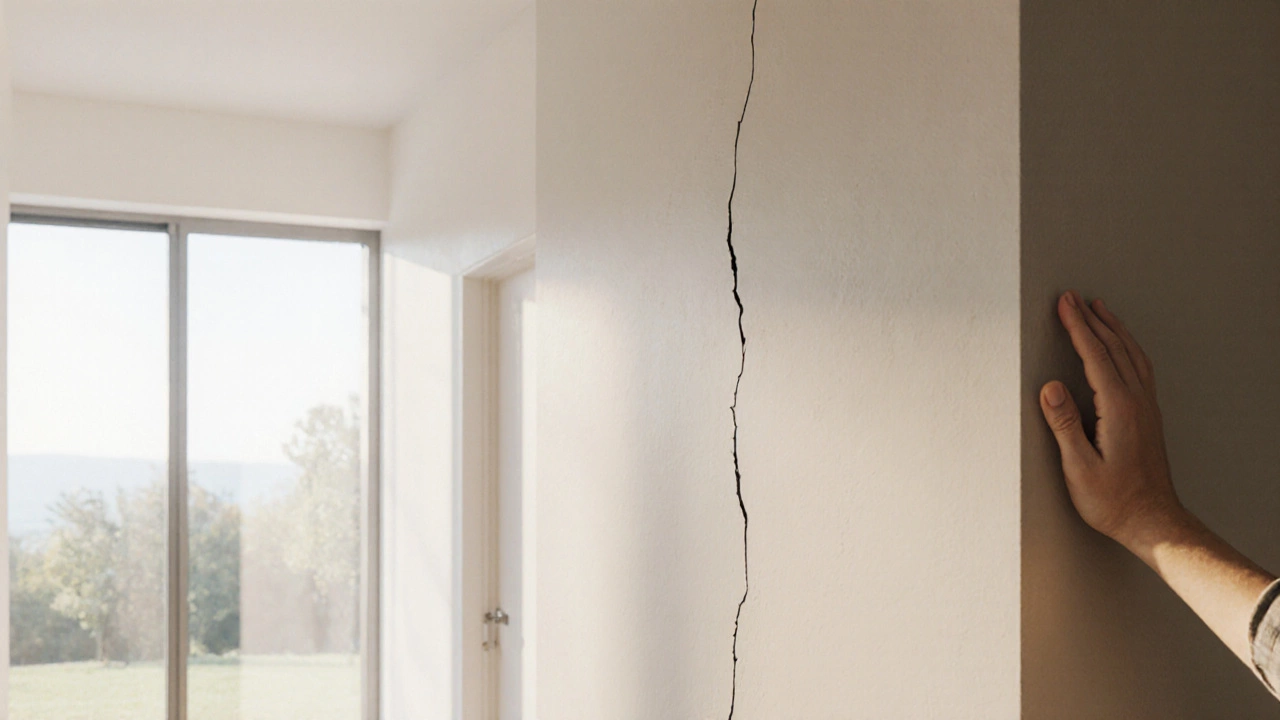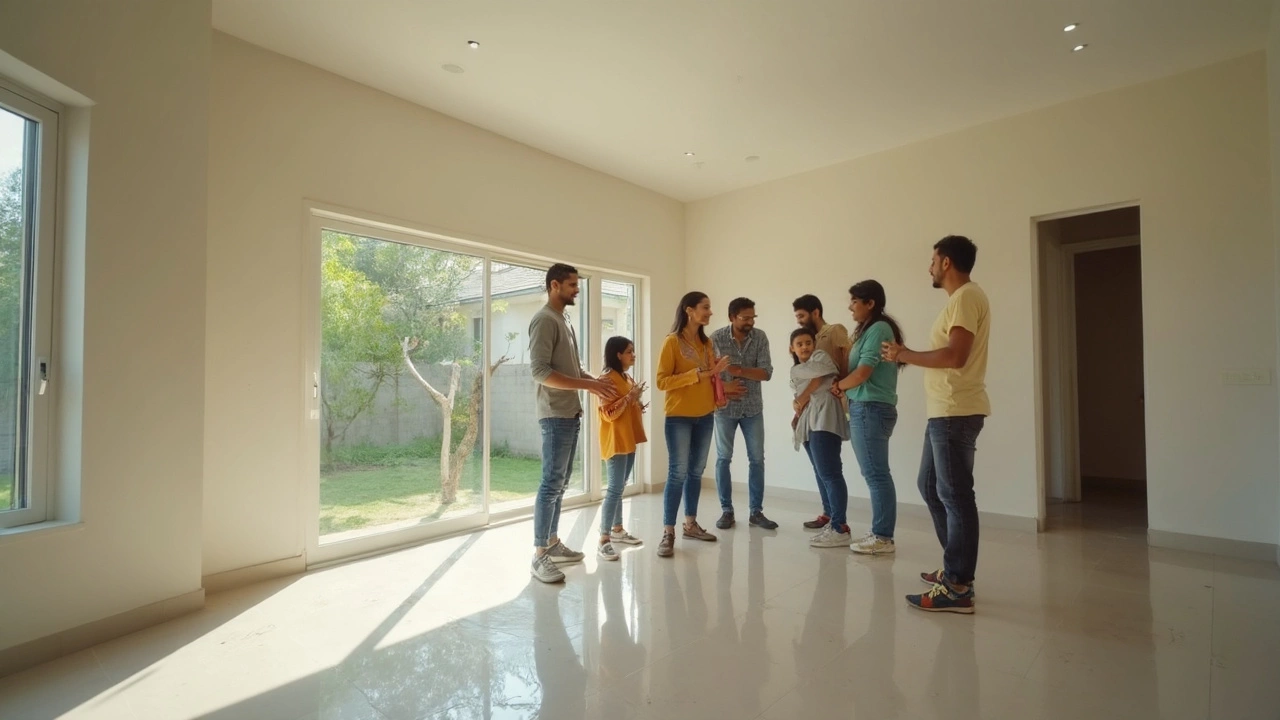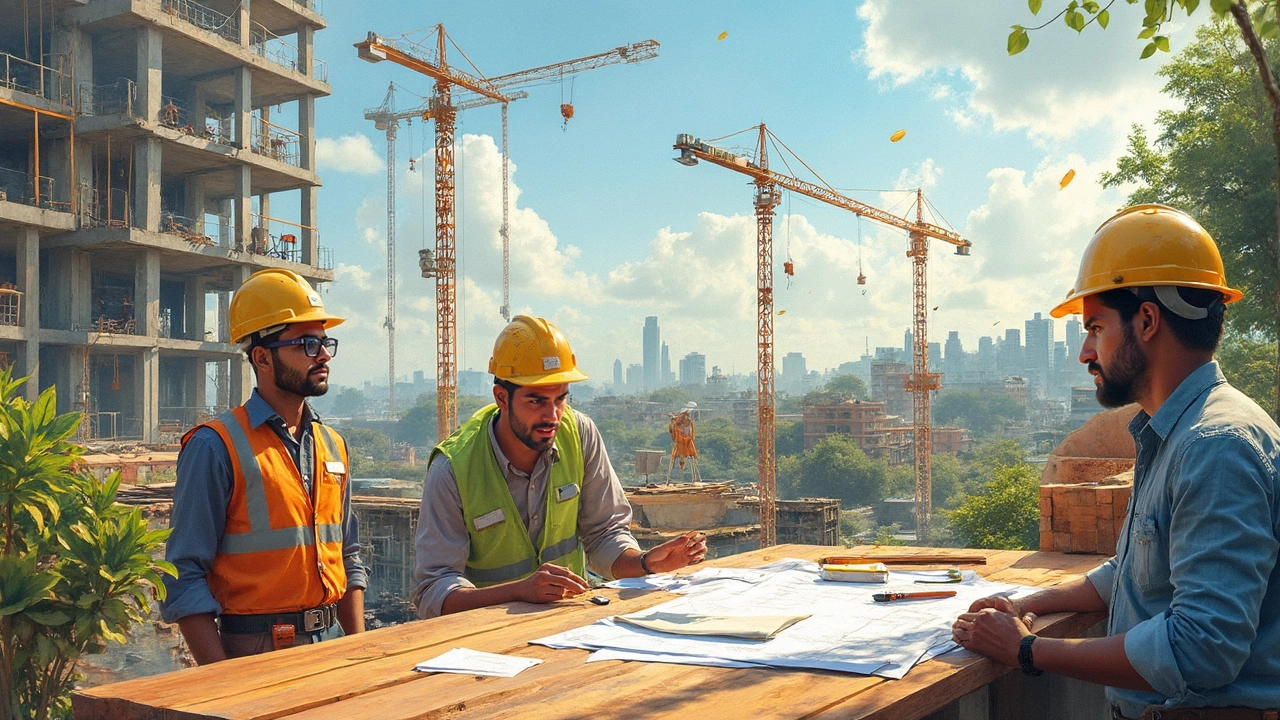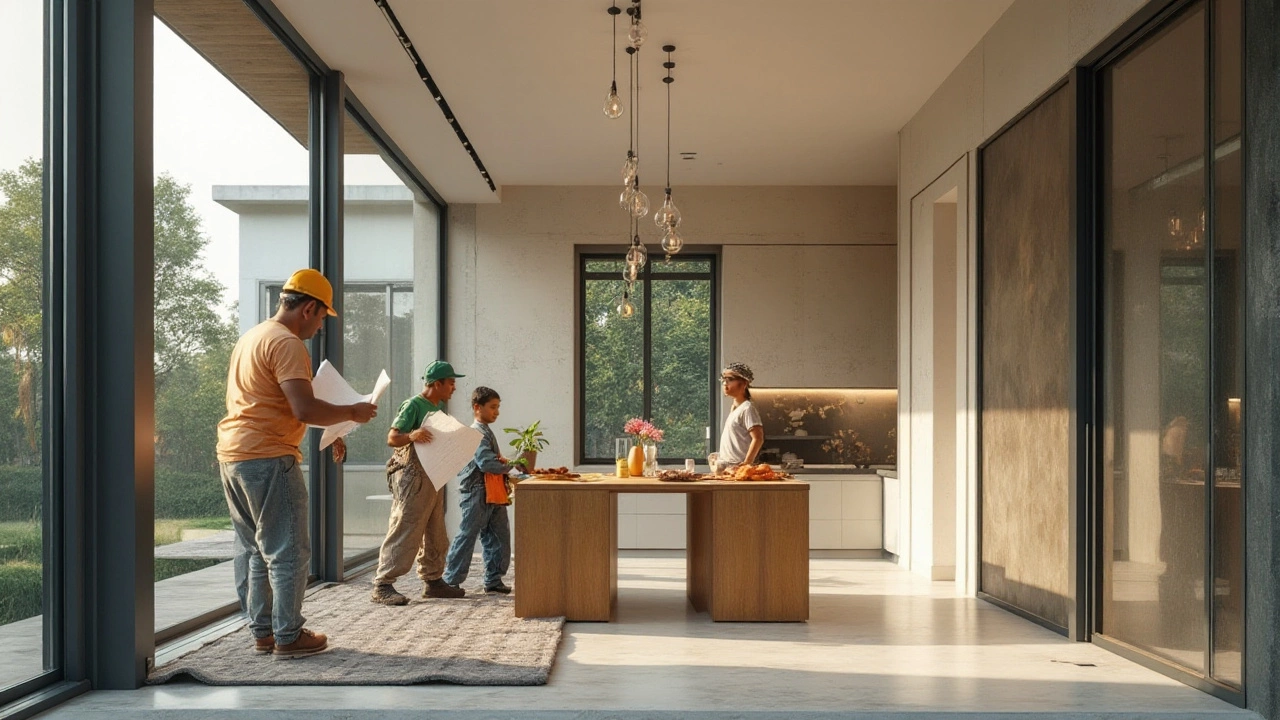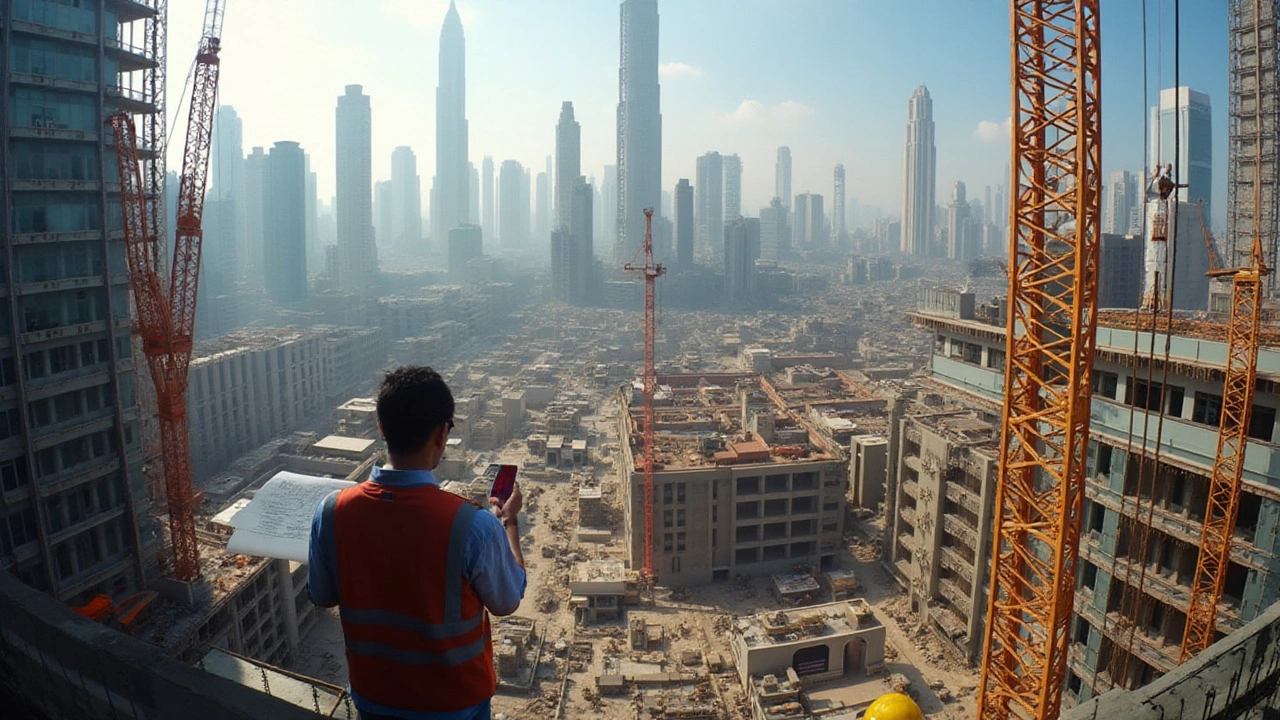New Builds: What You Need to Know About Mold, Materials, Costs & Inclusions
Buying or building a new home feels exciting, but there are hidden pitfalls most people don’t think about until it’s too late. From sneaky mold growing behind walls to surprise expenses on fixtures, a solid plan can save you stress and money. Below you’ll find straight‑forward advice on the biggest things that pop up in new builds and how to handle them before they become a headache.
Why Mold Shows Up in New Homes
Most new builds are sealed tight to keep weather out, but that airtightness also traps moisture inside. Poor ventilation, rushed plaster work, or a leak in the roof can create the perfect environment for mold spores to settle. You might not see it right away – often the first sign is a musty smell in the bathroom or a damp patch on a bedroom wall.
Preventing mold starts with a quick check during construction. Make sure the builder installs proper vapor barriers, uses moisture‑resistant drywall in high‑humidity areas, and leaves vents open for fresh air circulation. After you move in, run a dehumidifier in basements and keep bathroom fans on while you shower. Spotting a small stain early lets you treat it with a simple cleaner before it spreads.
Materials, Costs and What Comes With Your New Build
Today’s new builds rely on a mix of classic and eco‑friendly materials. Concrete and steel provide the strength you expect, while cross‑laminated timber (CLT) and recycled brick are gaining traction for greener projects. Knowing what’s used helps you gauge durability, maintenance needs, and even resale value.
Construction costs have been climbing for a few reasons: material prices swing with global demand, skilled labor is in short supply, and local regulations add extra fees. Break down the budget into land, structure, finishes, and soft costs (like permits). That way you can see where savings are possible – for instance, choosing a standard tile over a premium marble can cut thousands without sacrificing style.
What exactly do you get when the builder hands over the keys? Most contracts include the core structure, basic plumbing and electrical, and a finish package that might cover flooring, kitchen cabinets, and bathroom fixtures. Extras such as appliances, landscaping, or premium countertops are often billed separately. Ask for a detailed inclusion list before signing; it prevents surprise charges after the roof is up.
Health‑wise, a quick mold inspection after the first winter is a smart move. Even a tiny growth can trigger allergies or respiratory issues, especially for kids and seniors. If you spot mold, address the moisture source, replace any damaged drywall, and hire a professional to ensure it’s fully removed.
In short, a new build should feel like a fresh start, not a constant repair list. By checking ventilation, understanding material choices, and knowing the exact items included in your contract, you’ll walk into a home that stays comfortable and affordable for years to come.
Do New Build Homes Develop Cracks? Causes, Signs & Fixes
Learn why new‑build homes develop cracks, how to tell if they're serious, and what steps to take for prevention and repair.
Continue ReadingWhy Do New Builds Have Mold? What Builders Won't Tell You
New builds are supposed to be fresh and problem-free, but mold shows up way more often than you'd expect. Modern construction shortcuts, poor ventilation, and tight building deadlines are often to blame. Mold can pop up just weeks after you move in, and it’s not always obvious until you smell that musty odor. Knowing why this happens helps you avoid big repairs and headaches. Let’s dig into what’s really going on behind those brand-new walls.
Continue ReadingWhat Comes With a New Build? The Complete Breakdown
Buying a new build isn’t always as straightforward as it seems—some things are included, others you have to add yourself. This article clears up the confusion about what’s standard and what’s extra in most new build homes. From kitchen appliances to landscaping and warranties, we cover what you can expect as a baseline. We’ll also share practical tips so you’re not caught off guard by hidden expenses. If you’re looking into a new build, this info could actually save you time and money.
Continue ReadingCan You Get Sick from Mold in a Building?
Mold in buildings can cause health issues ranging from mild allergies to serious respiratory problems. This article explores how mold grows in new constructions, potential health risks, and offers practical tips to prevent mold. Discover why regular inspections and swift action are crucial for maintaining a healthy living environment. Learn some surprising facts about mold and how to keep your home safe.
Continue ReadingWhat Are Most New Builds Made Of?
New builds are primarily constructed using a variety of modern materials that offer strength, durability, and efficiency. Concrete and steel remain staples, while sustainable options like cross-laminated timber are gaining popularity. Understanding these materials helps buyers and builders make informed decisions on durability and eco-friendliness. Insight into these building blocks offers clarity for anyone involved in the modern housing market.
Continue ReadingDo New Construction Homes Experience Mold Issues?
Newly built homes are often perceived as invulnerable to mold problems, but this misconception can lead to serious issues if risks are not properly managed. Mold can develop in new builds due to improper construction techniques, moisture intrusion, and inadequate ventilation. Homeowners and builders need to be aware of the factors that contribute to mold growth and take preventive measures to avoid complications. This article explores the causes of mold in new construction, prevention tips, and what to do if mold appears.
Continue ReadingThe Real Costs of Building a New Home: Unveiling Factors Behind Rising Expenses
Building a house today often feels prohibitively expensive, with rising costs influenced by various factors. From fluctuating material costs and labor shortages to regulatory hurdles, multiple elements converge to inflate the expenses involved in constructing a new home. Understanding these layers reveals not only the financial commitments but also offers insight into navigating the costs more effectively. With a focus on practical solutions, this article aims to break down the complex nature of house building costs.
Continue Reading